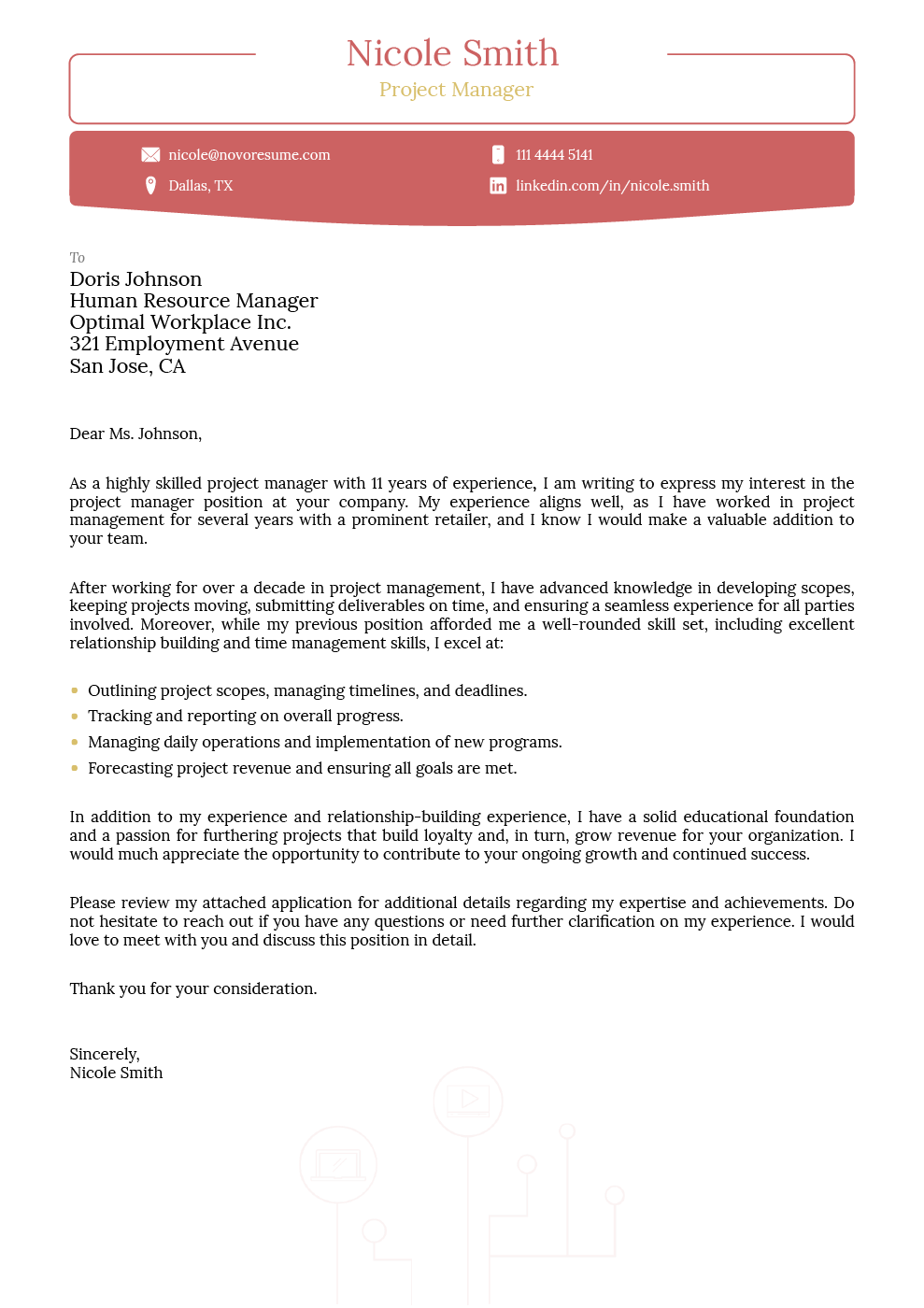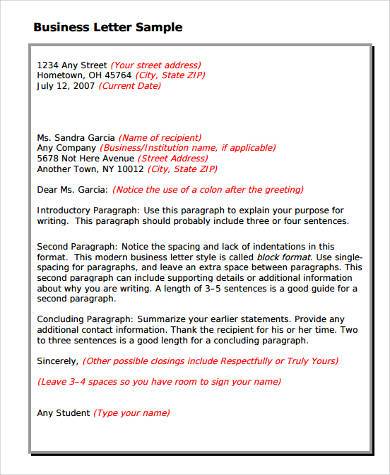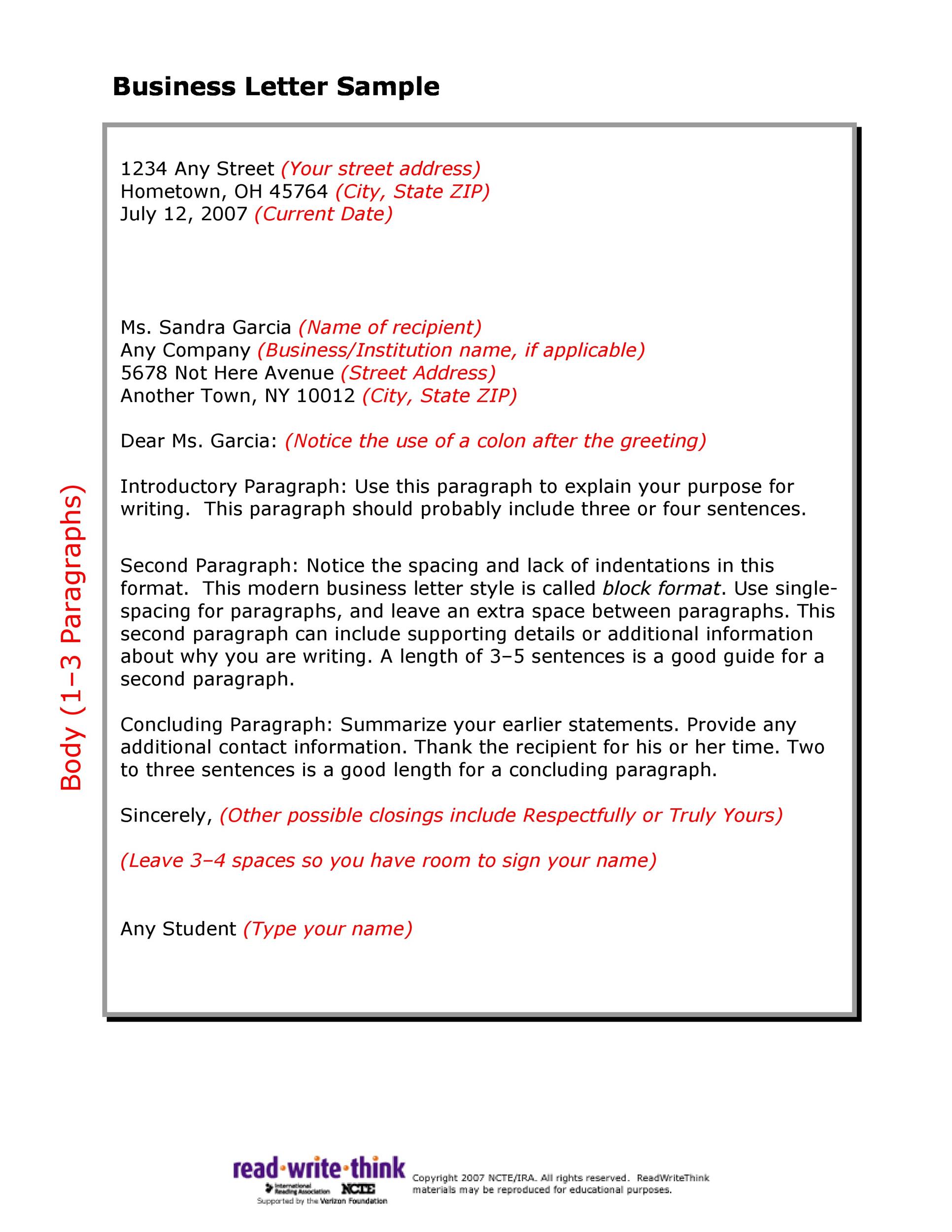A modern business letter is a type of written communication that is used to communicate with clients, customers, and other business associates. It is an important tool for professional communication, as it allows individuals and organizations to communicate clearly and effectively with one another. The format of a modern business letter has evolved over time, but there are some key elements that remain constant.
The first element of a modern business letter is the heading, which includes the sender's address and the date. The sender's address should be written in the top left corner of the letter and should include the sender's name, title, company name, and full address. The date should be written in the top right corner of the letter.
The next element of a modern business letter is the inside address, which includes the recipient's address and name. The recipient's address should be written below the sender's address, and should include the recipient's name, title, company name, and full address.
The salutation, or greeting, is the next element of a modern business letter. The salutation should be followed by a colon and should be written in the form of "Dear [Recipient's Name]".
The body of the letter is the main content of the letter and should include the purpose of the letter and any necessary information or requests. The body of the letter should be divided into paragraphs, with each paragraph focusing on a specific topic or point.
The closing is the final element of a modern business letter and should be followed by a comma. Some common closings include "Sincerely," "Best regards," and "Yours truly."
The signature line is the final element of a modern business letter and should include the sender's name and title. The signature line should be written below the closing and should be followed by the sender's typed name and title.
In summary, a modern business letter is a written communication tool that is used to communicate with clients, customers, and other business associates. It includes the heading, inside address, salutation, body, closing, and signature line. It is an important tool for professional communication, as it allows individuals and organizations to communicate clearly and effectively with one another.







